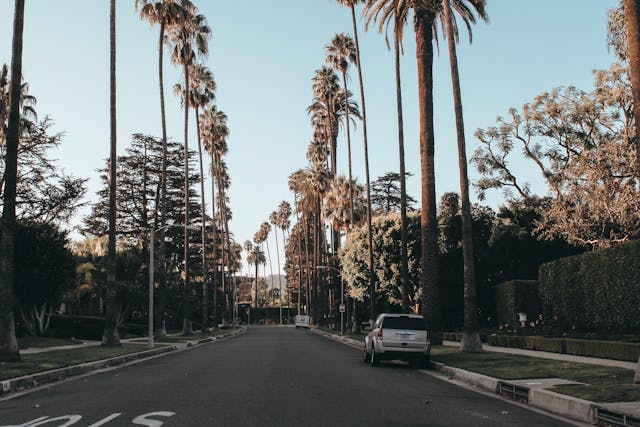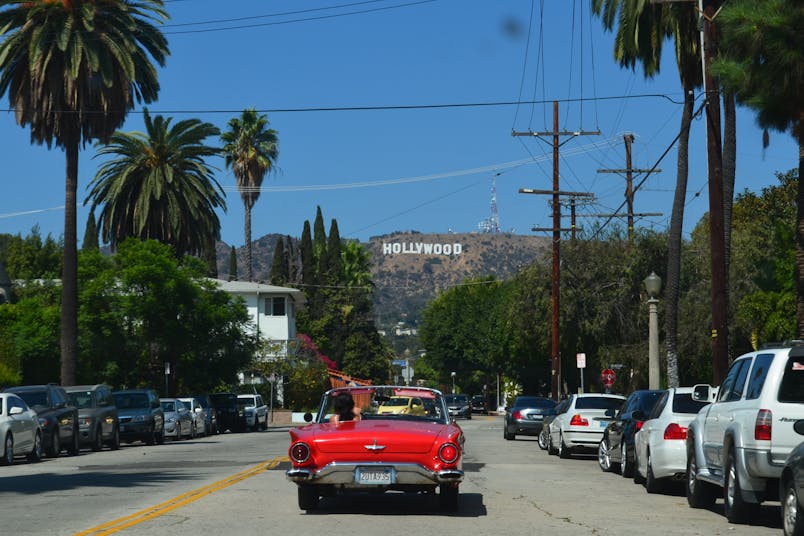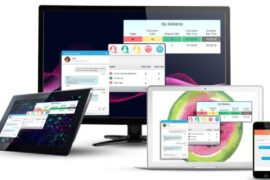Los Angeles is often called a car-centric city due to its heavy reliance on vehicles. As traffic congestion grows, conversations about urban design are changing. The city’s layout and infrastructure affect commutes, the environment, and public health. With challenges like air pollution and poor land use, rethinking urban planning creates new possibilities. Car-free spaces can strengthen community connections and help local businesses.
Focusing on walkable and bike-friendly areas emphasizes accessible, socially engaging design. Mixed-use developments, public gathering spaces, and green areas can help rebuild community bonds. By involving residents and addressing concerns, planners and Los Angeles architecture firms can create spaces that serve local needs.
Challenges of Car Dependency
Car dependency creates significant challenges, especially in Los Angeles. Air pollution harms public health, causing issues like asthma, while car-focused development fragments communities and overlooks pedestrians. To tackle these problems, cities are turning to solutions like car-free zones, such as those in parts of Santa Monica. These zones create safer, more enjoyable spaces for walking, while also freeing up resources to enhance public transportation and add bike lanes.
Car-free neighborhoods promote walking and biking, encouraging healthier lifestyles. They also help local businesses by increasing foot traffic and fostering stronger community connections. Features like parks, plazas, and bike lanes bring people together, improving quality of life and reducing reliance on cars. The benefits include cleaner air, better use of land, and more vibrant communities.
Designing for Accessibility and Interaction
Good urban design makes cities more accessible and fosters community interaction. Prioritizing pedestrian-friendly infrastructure—like wide sidewalks, safe crosswalks, and car-free streets—encourages walking. Mixed-use developments combine residential, commercial, and recreational spaces, reducing long commutes and supporting local economies by keeping daily activities within the neighborhood.
Green spaces like parks, gardens, and green corridors improve air quality and offer places for relaxation and socializing. These spaces also support biodiversity and enhance overall well-being. Community interaction thrives in open plazas, seating areas, and spaces featuring art installations. The combination of these features transforms urban areas into car-free spaces that feel livable, inclusive, and vibrant.
Public Gathering Spaces as Community Anchors
Public gathering spaces bring communities together and boost local economies. Parks, plazas, community centers, and markets offer places for leisure, cultural events, and engagement. For example, spaces like Grand Park in downtown Los Angeles provide a hub for public activities, from yoga sessions to outdoor movie nights. Designing car-free areas around these spaces fosters deeper connections among residents.
Cultural events, like outdoor festivals and farmers’ markets, infuse neighborhoods with energy and highlight their diversity. Events such as the Hollywood Farmers’ Market and CicLAvia not only support local artisans and food vendors but also encourage community pride. Participating in such activities strengthens community bonds and creates a more inclusive environment.
Overcoming Resistance and Funding Challenges
Community resistance can arise when disrupting established routines. Change often brings uncertainty, making some residents hesitant. Involving the community early in planning helps address concerns and builds trust. Public forums can highlight the benefits of car-free spaces and give residents a chance to share their thoughts.
Funding is another challenge. Redirecting resources toward car-free projects may strain budgets. A phased approach can ease financial concerns, showing immediate benefits through small steps like temporary car-free days or pop-up parks. Pilot projects such as pop-up parks or temporary car-free days demonstrate immediate benefits, gaining public support and opening doors for funding through grants or partnerships.
Architects and Urban Planners Shaping Communities

Architects and urban planners shape cities by combining practical needs with unique character. For example, they analyze community dynamics, such as demographic trends and traffic patterns, and consider historical landmarks to make sure new designs respect local heritage. Collaboration with residents, businesses, and advocacy groups is key for creating spaces that truly meet community needs.
Well-designed spaces promote social interactions and a sense of belonging. Adding artistic elements like murals celebrating local culture or sculptures in public squares enhances visual appeal. Practical features, such as shaded seating areas and accessible pathways, encourage people to gather and connect.
Transitioning to car-free urban spaces offers a path to sustainable and vibrant communities in Los Angeles. Prioritizing people and nature reduces pollution, supports local economies, and builds stronger social connections. Residents can adopt active transportation methods, explore local culture, and enjoy greener neighborhoods. Planners, architects, and communities should collaborate to create inclusive designs and phased projects that demonstrate clear benefits. Temporary car-free events or pilot programs can help build enthusiasm and support. With a focus on accessibility and engagement, neighborhoods can transform into places where both people and nature thrive.































